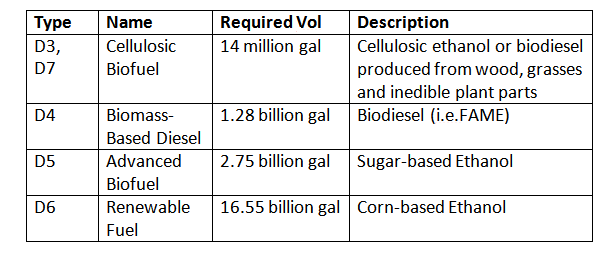RL Blogs

By Market Analyst Dan
Jul 07, 2013A quick 20 question Q&A that will simplify RFS and RINs for those wondering about all the hype. |
| There has surely been a lot of buzz around RFS and RINs over the years. However, most of the publications are written for those very close to the action – i.e. if you ain’t geek, you just won’t understand it.
As RFS will have a significant impact on the oil refining industry, we’ve taken it upon ourselves to simplify what the fuss is all about. The quick 20 question Q&A below will step you through understanding the basics of RFS and RINs. We’ll use subsequent articles to explore what this all means to oil refineries.
What is RFS?
When was RFS created?
Why was RFS created?
How does RFS Work?
What is a transportation fuel?
Who is the obligated party for RFS?
What is a renewable fuel?
Why are renewable fuels better than fossil fuels?
What does Lifecycle reduction mean?
What are examples of renewable fuels?
What is the RFS target?
What is the difference between RFS2 and RFS1?
When did RFS2 occur?
How is RFS2 different from RFS1?
What are the new categories of renewable fuel?
So what do RINs have to do with all of this?
How are RINs created?
What happens to the RINs next?
How are RIN credits used?
Can RINs be traded?
How else will RFS help reduce emissions and foreign oil dependency?
Now that you’ve read this primer on understanding RFS and RINs, you’ll be able to understand all future discussions related to this sweeping regulation. As you can see, the RFS program will not only affect refiners, but also consumers as biofuel composition in transportation fuel will affect engine performance and fuel efficiency.
In future articles, I will share how the RIN markets will affect refinery economics, as well as consumer prices. |
|
|











